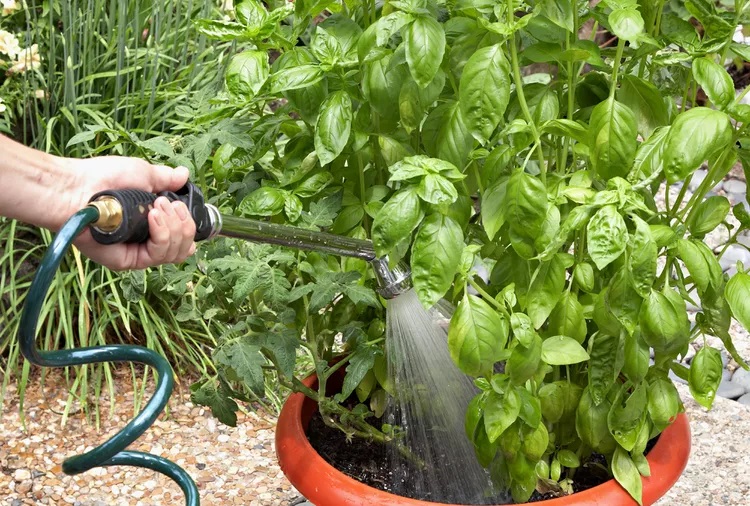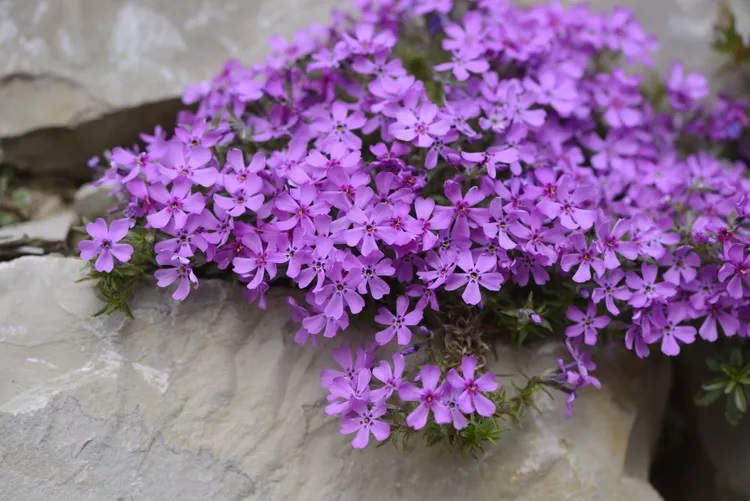Replacing turfgrass lawn with chamomile: a worthwhile endeavor
Chamomile, known for its medicinal uses and aromatic tea, is also an excellent option for a low-maintenance lawn. A chamomile lawn can produce charming daisy-like flowers that emit a delightful fragrance when stepped on, adding to its allure. Moreover, chamomile harvesting provides the main ingredient for herbal tea, making it both functional and beautiful.
With the increasing popularity of eco-lawns, which focus on sustainable grass alternatives requiring less maintenance, growing chamomile instead of traditional turfgrass is a logical choice. However, before making the switch, it’s essential to understand that while chamomile offers numerous benefits, it may not be suitable for all locations or individuals.
One of the significant advantages of a chamomile lawn is its minimal maintenance requirements. It needs less mowing, watering, and fertilizing, which can save both time and money. Additionally, chamomile lawns can reduce greenhouse gas emissions associated with lawn care.

Chamomile can attract pollinators like bees and butterflies, making it beneficial for the environment. Planting chamomile near vegetable gardens can help ensure adequate pollination for fruit production.
There are two main types of chamomile used for lawns: Roman and German. Roman chamomile, particularly the Treneague variety, is commonly used for lawns due to its dense, low-growing carpet-like appearance. On the other hand, German chamomile, although similar in appearance to Roman chamomile, grows taller and is an annual plant.
To plant a chamomile lawn, you can either seed chamomile directly onto the lawn or transplant seedlings from indoor pots. It’s crucial to prepare the soil properly by clearing the site of existing vegetation and adding compost and sand. Watering and maintaining moisture are essential until the seedlings appear.
Once established, a chamomile lawn requires minimal care. Regular mowing every couple of weeks helps the plants spread and maintain the desired height. It’s also important to manually pull weeds, as herbicides should be avoided. Chamomile is drought-tolerant but may need watering during dry periods. Additionally, an annual spring feeding with a balanced fertilizer can encourage new growth.
In conclusion, while a chamomile lawn offers numerous benefits and can be a beautiful addition to your landscape, it’s important to consider its suitability for your location and maintenance requirements before making the switch.
Repurposed article originally published in BOB VILA
2 / 2








